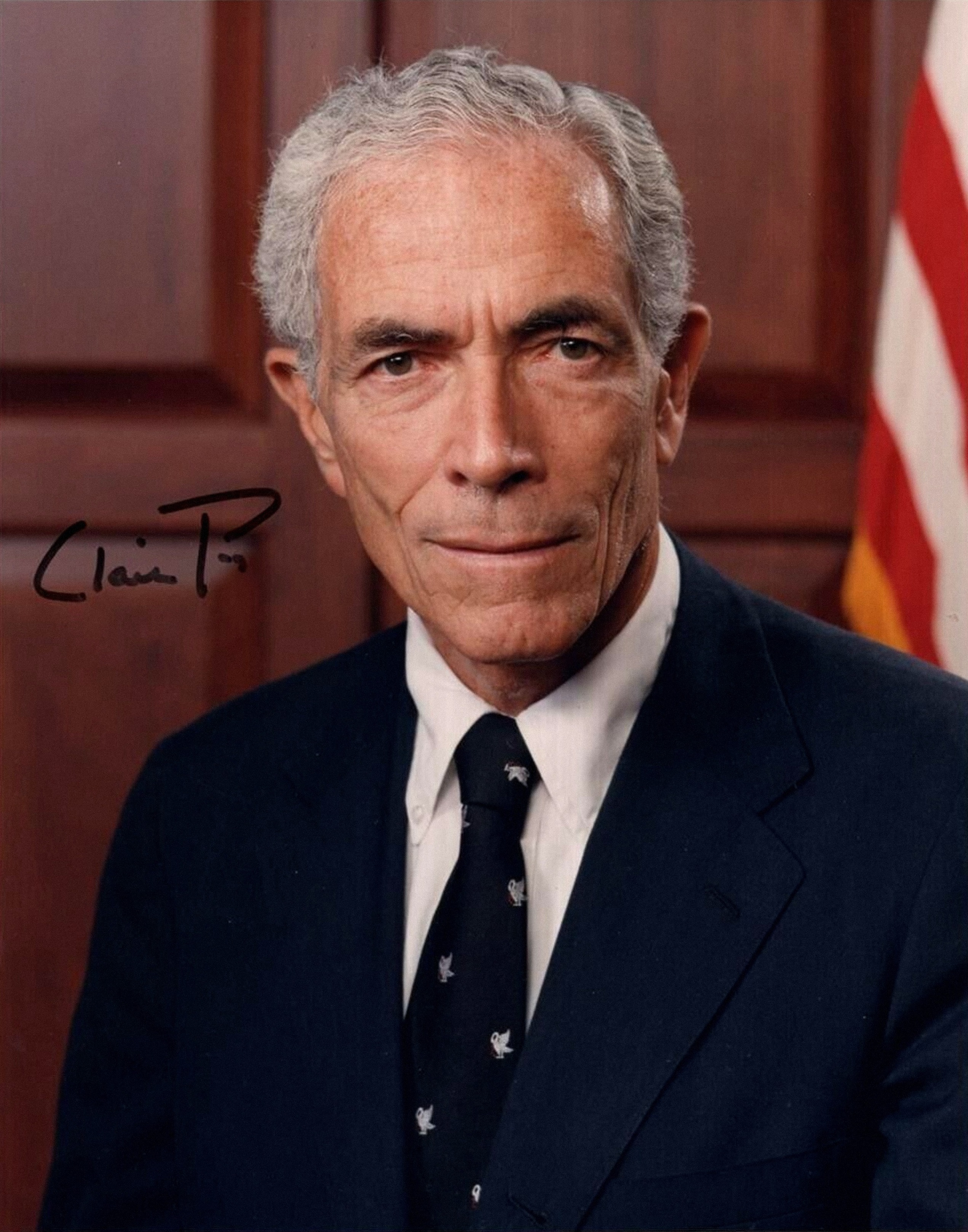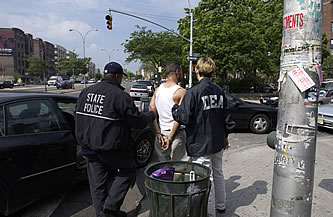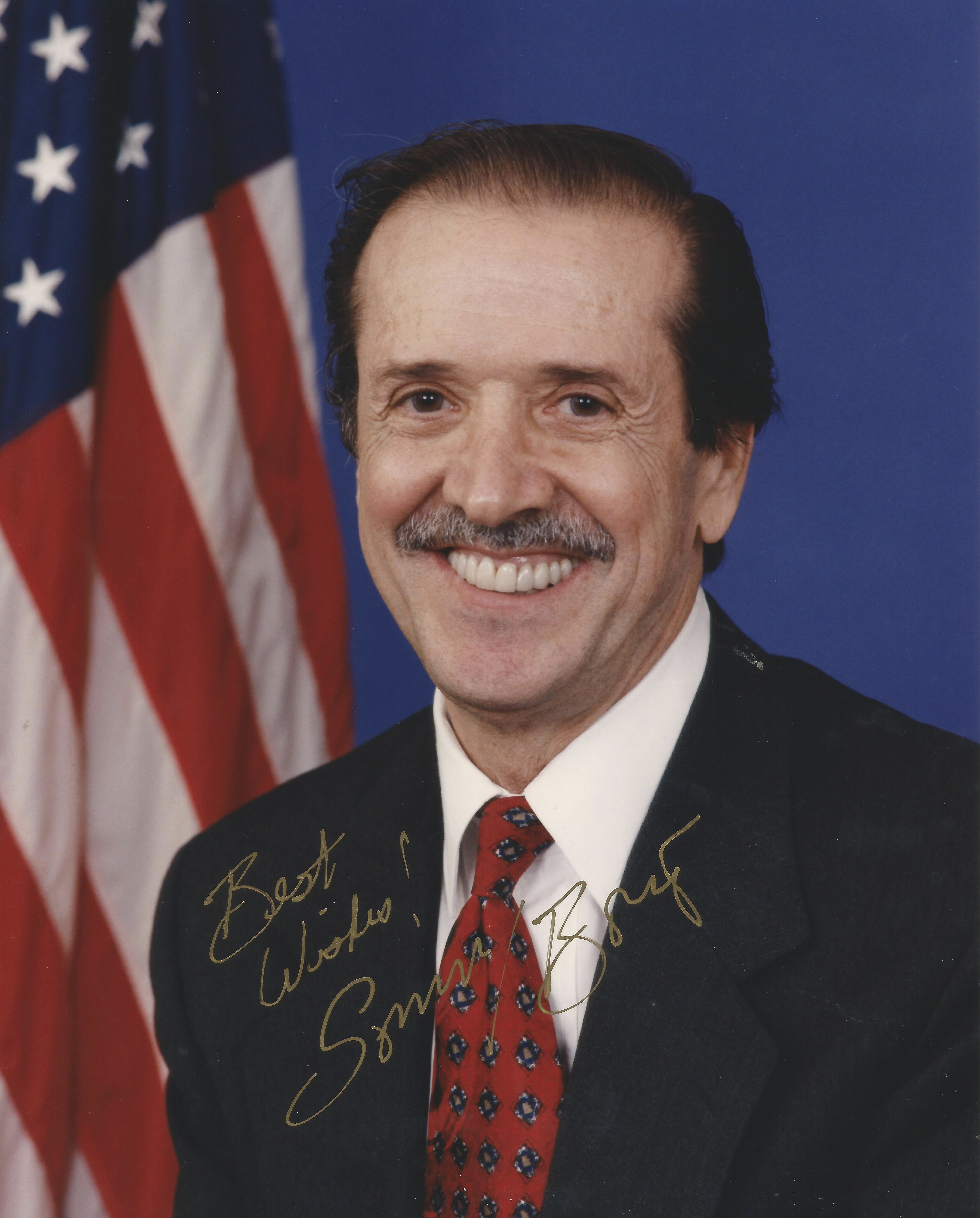|
Higher Education Act Of 1965
The Higher Education Act of 1965 (HEA) () was legislation signed into Law of the United States, United States law on November 8, 1965, as part of President Lyndon Johnson's Great Society domestic agenda. Johnson chose Texas State University (then called "Texas State University#Name changes, Southwest Texas State College"), his alma mater, as the signing site. The law was intended "to strengthen the educational resources of our colleges and universities and to provide financial assistance for students in postsecondary and higher education". It increased federal money given to universities, created scholarships, gave low-interest loans for students, and established a National Teachers Corps. The "financial assistance for students" is covered in Title IV of the HEA. The Higher Education Act of 1965 was reauthorized in 1968, 1972, 1976, 1980, 1986, 1992, 1998, and 2008. The current authorization for the programs in the Higher Education Act expired at the end of 2013 but has been e ... [...More Info...] [...Related Items...] OR: [Wikipedia] [Google] [Baidu] |
Education
Education is the process of facilitating learning, or the acquisition of knowledge, skills, values, morals, beliefs, habits, and personal development. Educational methods include teaching, training, storytelling, discussion and directed research. Education frequently takes place under the guidance of educators; however, learners can also educate themselves. Education can take place in formal or informal settings, and any experience that has a formative effect on the way one thinks, feels, or acts may be considered educational. The methodology of teaching is called pedagogy. Formal education is commonly divided formally into stages such as preschool or kindergarten, primary school, secondary school and then college, university, or apprenticeship. In most regions, education is compulsory up to a certain age. There are movements for education reforms, such as for improving quality and efficiency of education towards relevance in students' lives and efficient problem solving ... [...More Info...] [...Related Items...] OR: [Wikipedia] [Google] [Baidu] |
Federal Direct Student Loan Program
The William D. Ford Federal Direct Loan Program (also called FDLP, FDSLP, and Direct Loan Program) provides "low-interest loans for students and parents to help pay for the cost of a student's education after high school. The lender is the U.S. Department of Education ... rather than a bank or other financial institution." It is the largest single source of federal financial aid for students and their parents pursuing post-secondary education and for many it is the first financial obligation they incur, leaving them with debt to be paid over a period of time that can be a decade or more as the average student takes 19.4 years. The program is named after William D. Ford, a former member of the U.S. House of Representatives from Michigan. Following the passage of the Health Care and Education Reconciliation Act of 2010, the Federal Direct Loan Program is the sole government-backed loan program in the United States. The program replaced the earlier Federal Family Education Loan ... [...More Info...] [...Related Items...] OR: [Wikipedia] [Google] [Baidu] |
Pell Grant
A Pell Grant is a subsidy the U.S. federal government provides for students who need it to pay for college. Federal Pell Grants are limited to students with financial need, who have not earned their first bachelor's degree, or who are enrolled in certain post-baccalaureate programs, through participating institutions. Originally known as a Basic Educational Opportunity Grant, it was renamed in 1980 in honor of Democratic U.S. Senator Claiborne Pell of Rhode Island. A Pell Grant is generally considered the foundation of a student's financial aid package, to which other forms of aid are added. The Federal Pell Grant program is administered by the United States Department of Education, which determines the student's financial need and through it, the student's Pell eligibility. The U.S. Department of Education uses a standard formula to evaluate financial information reported on the Free Application for Federal Student Aid (FAFSA) for determining the student's Expected Family Contr ... [...More Info...] [...Related Items...] OR: [Wikipedia] [Google] [Baidu] |
Historically Black Colleges And Universities
Historically black colleges and universities (HBCUs) are institutions of higher education in the United States that were established before the Civil Rights Act of 1964 with the intention of primarily serving the African-American community. Most of these institutions were founded in the years after the American Civil War and are concentrated in the Southern United States. During the period of segregation prior to the Civil Rights Act, the majority of American institutions of higher education served predominantly white students, and disqualified or limited black American enrollment. For a century after the end of slavery in the United States in 1865, most colleges and universities in the Southern United States prohibited all African Americans from attending, while institutions in other parts of the country regularly employed quotas to limit admissions of Black people. HBCUs were established to provide more opportunities to African Americans and are largely responsible for esta ... [...More Info...] [...Related Items...] OR: [Wikipedia] [Google] [Baidu] |
Hispanic Association Of Colleges And Universities
A Hispanic-serving institution (HSI) is defined in federal law as an accredited, degree-granting, public or private nonprofit institution of higher education with 25% or more total undergraduate Hispanic or Latino full-time equivalent (FTE) student enrollment. In the 2018–19 academic year, 539 institutions met the federal enrollment criterion. Background According to Title III of the Higher Education Act of 1965, in order for an HSI to receive federal funding it must satisfy the following criteria: * Have a least 25 percent Hispanic or Latino undergraduate full-time equivalent student enrollment. *Must be an eligible public or private non-profit institution of higher education * Must offer at least two-year academic programs that lead to a degree * Must be accredited by an agency or association recognized by the Department of Education * Must have high enrollment of students in need The Department of Education offers grants to institutions defined as HSIs which can be used for ... [...More Info...] [...Related Items...] OR: [Wikipedia] [Google] [Baidu] |
American Indian Higher Education Consortium
The American Indian Higher Education Consortium (AIHEC) was established in 1972 to represent the interests of the newly developed tribal colleges, which are controlled and operated by American Indian nations. The four founders were Gerald One Feather of the Oglala Sioux Community College, David Reisling of D-Q University, Pat Locke of the Western Interstate Commission for Higher Education (WICHE), and Helen Schierbeck of the United States Office of Education (USOE). They organized the initial meeting and brought together all who wanted to form such a national organization. . One of the most significant achievements of AIHEC was to work with the United States Congress to authorize in 1994 land-grant status to 29 tribal colleges, achieved in October 1994 under the Elementary and Secondary Education Reauthorization Act. As a result, AIHEC is eligible to have a representative participate in the National Association of State Universities and Land-Grant Colleges' Council of President ... [...More Info...] [...Related Items...] OR: [Wikipedia] [Google] [Baidu] |
ACLU
The American Civil Liberties Union (ACLU) is a nonprofit organization founded in 1920 "to defend and preserve the individual rights and liberties guaranteed to every person in this country by the Constitution and laws of the United States". The ACLU works through litigation and lobbying, and has over 1,800,000 members as of July 2018, with an annual budget of over $300 million. Affiliates of the ACLU are active in all 50 states, the District of Columbia, and Puerto Rico. The ACLU provides legal assistance in cases where it considers civil liberties to be at risk. Legal support from the ACLU can take the form of direct legal representation or preparation of ''amicus curiae'' briefs expressing legal arguments when another law firm is already providing representation. In addition to representing persons and organizations in lawsuits, the ACLU lobbies for policy positions that have been established by its board of directors. Current positions of the ACLU include opposing the death ... [...More Info...] [...Related Items...] OR: [Wikipedia] [Google] [Baidu] |
United States Court Of Appeals For The Eighth Circuit
The United States Court of Appeals for the Eighth Circuit (in case citations, 8th Cir.) is a United States federal court with appellate jurisdiction over the following United States district courts: * Eastern District of Arkansas * Western District of Arkansas * Northern District of Iowa * Southern District of Iowa * District of Minnesota * Eastern District of Missouri * Western District of Missouri * District of Nebraska * District of North Dakota * District of South Dakota The court is composed of eleven active judges and is based primarily at the Thomas F. Eagleton United States Courthouse in St. Louis, Missouri, and secondarily at the Warren E. Burger United States Courthouse in St. Paul, Minnesota. It is one of thirteen United States courts of appeals. In 1929 Congress passed a statute dividing the Eighth Circuit that placed Minnesota, Iowa, North Dakota, South Dakota, Nebraska, Missouri, and Arkansas in the Eighth Circuit and created a Tenth Circuit that included Wy ... [...More Info...] [...Related Items...] OR: [Wikipedia] [Google] [Baidu] |
Drug-related Crime
A drug-related crime is a crime to possess, manufacture, or distribute drugs classified as having a potential for abuse (such as cocaine, heroin, morphine and amphetamines). Drugs are also related to crime as drug trafficking and drug production are often controlled by drug cartels, organised crime and gangs. The statistics othis pagesummarise various ways that drugs and crime are related in the United States. Links for other countries are provided below. Some drug-related crime involves crime against the person such as robbery or sexual assaults. U.S. Bureau of Justice Statistics In 2002, in the U.S. about a quarter of convicted property and drug offenders in local jails had committed their crimes to get money for drugs, compared to 5% of violent and public order offenders. Among State prisoners in 2004 the pattern was similar, with property (30%) and drug offenders (26%) more likely to commit their crimes for drug money than violent (10%) and public-order offenders (7%). In ... [...More Info...] [...Related Items...] OR: [Wikipedia] [Google] [Baidu] |
FAFSA
The Free Application for Federal Student Aid (FAFSA) is a form completed by current and prospective college students (undergraduate and graduate) in the United States to determine their eligibility for student financial aid. The FAFSA is different than CSS Profile (short for "College Scholarship Service Profile"), which is also required by some colleges (primarily private ones). The CSS is a fee-based product of the College Board (a private non-profit organization) and is used by the colleges to distribute their own institutional funds, rather than federal or state funding. Eligibility In order to receive federal student financial aid, students must meet the following criteria: * be registered with the Selective Service System (for Conscription in the United States), if male and between the ages of 18 and 25, if required to do so; * have maintained a Satisfactory Academic Progress (SAP); * be a U.S. citizen, a U.S. national, or an eligible non-citizen; * have a valid Soci ... [...More Info...] [...Related Items...] OR: [Wikipedia] [Google] [Baidu] |
Gaining Early Awareness And Readiness For Undergraduate Programs
Gaining Early Awareness and Readiness for Undergraduate Programs ("GEAR UP") is a federal grant program administered by the United States Department of Education. It was established in Chapter 2 of the 1998 amendments to the Higher Education Act of 1965 which awarded financial assistance to students and colleges from the federal government. GEAR UP was authored by Congressman Chaka Fattah and signed into law by President Bill Clinton in October, 1998. Purpose The goal of GEAR UP is to increase the number of these students who matriculate into in-state public universities. The grant operates on a six-year grant program. The grants are divided into two groups: state grants and partnership grants. State grants must include a plan to contact students prior to the prospective students arriving as university students. The plan must show an intention to increase the rate of college-going for low-income students in addition to providing a scholarship to students. In addition, it must pr ... [...More Info...] [...Related Items...] OR: [Wikipedia] [Google] [Baidu] |
Republican Revolution
The "Republican Revolution", "Revolution of '94", or "Gingrich Revolution" are political slogans that refer to the Republican Party (GOP) success in the 1994 U.S. mid-term elections, which resulted in a net gain of 54 seats in the House of Representatives, and a pick-up of eight seats in the Senate. On November 9, 1994, the day after the election, Senator Richard Shelby of Alabama, a conservative Democrat, changed parties, becoming a Republican; on March 3, 1995, Colorado Senator Ben Nighthorse Campbell switched to the Republican side as well, increasing the GOP Senate majority. Rather than campaigning independently in each district, Republican candidates chose to rally behind a single national program and message fronted by Georgia congressman and House Republican whip Newt Gingrich. They alleged that President Bill Clinton was not the "New Democrat" he claimed to be during his 1992 campaign, but was a "tax and spend" liberal. The Republicans offered an alternative to C ... [...More Info...] [...Related Items...] OR: [Wikipedia] [Google] [Baidu] |
-Old_City_Baku_Azerbaijan_1646.jpg)



_Houston.jpg)



